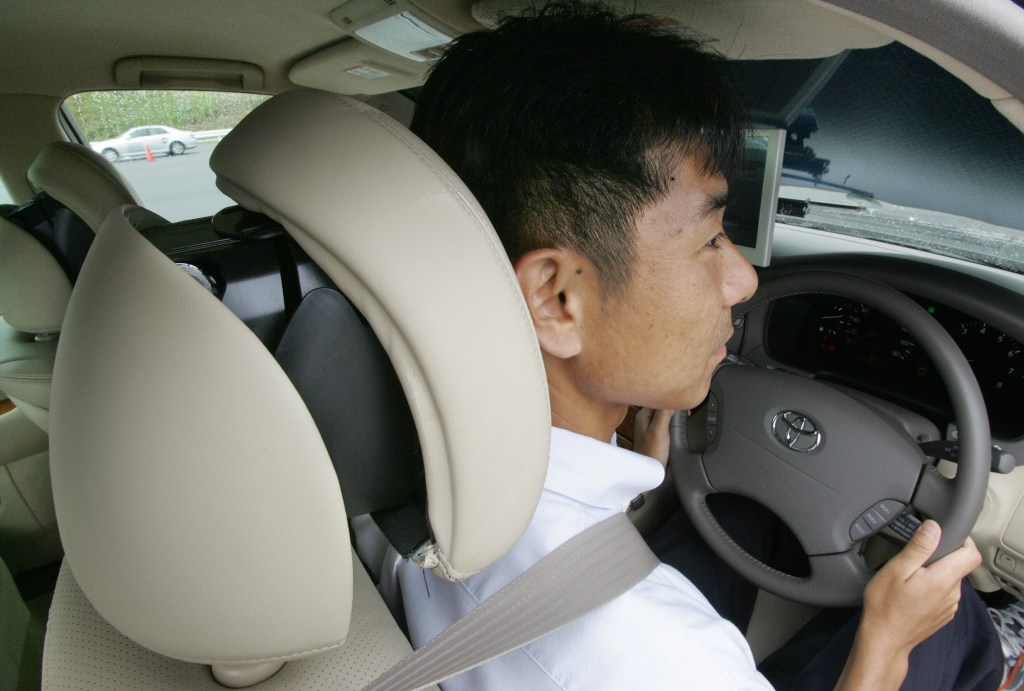
Why Are Headrests Important in a Car?
Sit in any car nowadays and you’ll probably end up resting your head on the headrest by default. But what headrests for? Do they provide some type of safety feature, or are they there merely to make your head and neck more comfortable on longer drives? Headrests actually play more of a pivotal role than you might think.
Do you need headrests in a car?
Before the 1960s, headrests were actually optional in cars and were in fact mainly reserved for luxury cars as comfort features. But in 1969, headrests became a standard safety feature as they were proven to prevent injuries by five to 10 percent. So technically, yes, you do need headrests in any car as they now come standard, but they can also prevent a lot of injuries as well.
What type of injuries do headrests prevent?
The main purpose of a headrest is to prevent whiplash for all of the occupants. After all, there’s a reason that there are headrests at every seating position in a car and, best of all, they are adjustable to cater to fit almost everyone’s height requirements. For those not in the know, whiplash can occur when a person’s head snaps, or whips, back unexpectedly and suddenly upon impact during a car collision.
Whiplash can lead to sudden effects like neck stiffness, decreased range of movement in a person’s neck, and even soft-tissue injuries. Other symptoms include difficulty swallowing, headaches, dizziness, and memory loss. Considering headrests can play an important role in preventing whiplash injuries, we can see why they are an important part of a car’s interior and seat configuration and also why they are also referred to as “head restraints.”
Headrest position
In order to gain the best protection from a whiplash injury, the position of your headrest is important. A poorly positioned headrest can actually lead to more serious injuries, so here are a couple of tips to set up your headrest properly.
- The top of the headrest should be positioned at the top of your head. If the headrest is lower than the top of your ears, then your head could be thrown back over the headrest in the event of a collision.
- Your head should also be around 5-10 centimeters from the headrest as the farther away it is, the greater the distance your head will travel and hit the headrest during a collision.

Other tips to prevent whiplash
While proper headrest etiquette and positioning are important, there are other ways to prevent a whiplash injury in the event of an auto accident.
- Raise your headrest
- Always wear a seatbelt: The seatbelt can keep you in a more upright position and keep you safer in an accident.
- Sit up straight: Sitting up straight and focusing while you drive is a great way to prevent an accident in the first place.
- Don’t tailgate other cars: Aside from rear-ending collisions, one of the easiest ways to get into an accident and get whiplash is to tailgate the car in front of you. Don’t do it.
- Position yourself: If you know that you’re about to get into a wreck, sit up straight and lean back to ensure that your head is touching the headrest and brace for impact.
About 9 percent of all Americans suffer from chronic neck pain due to whiplash injuries. While that statistic might seem low to you, keep in mind that it could easily include you the next time you go for a drive. Or you can easily prevent becoming part of the statistic by simply following the simple guidelines mentioned above.



